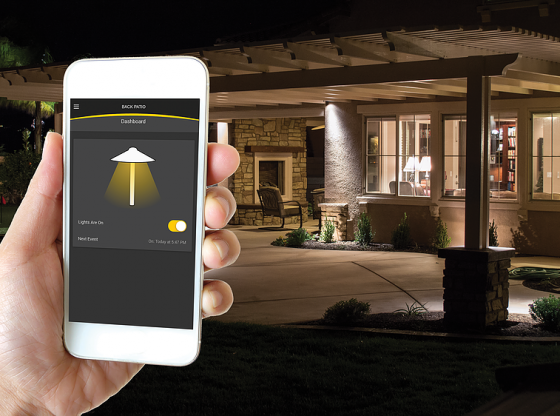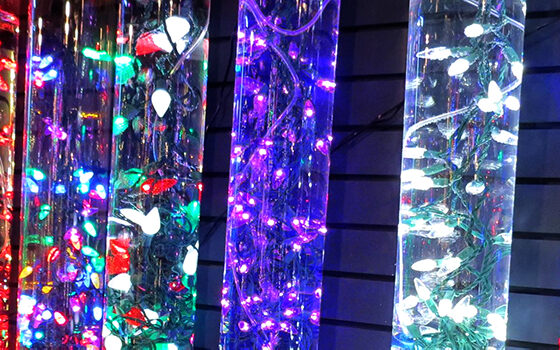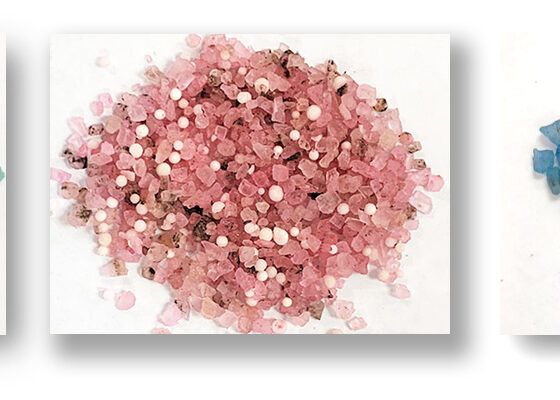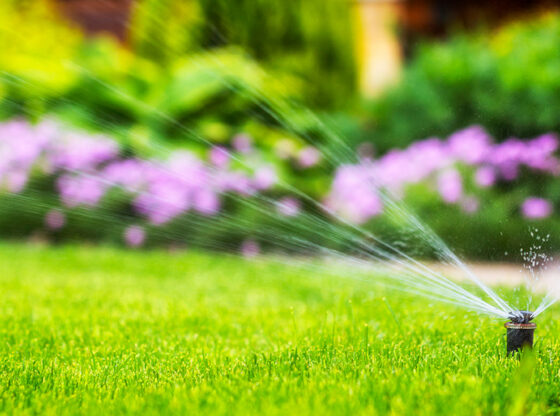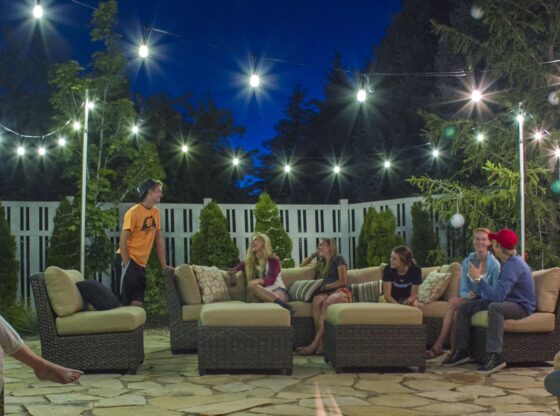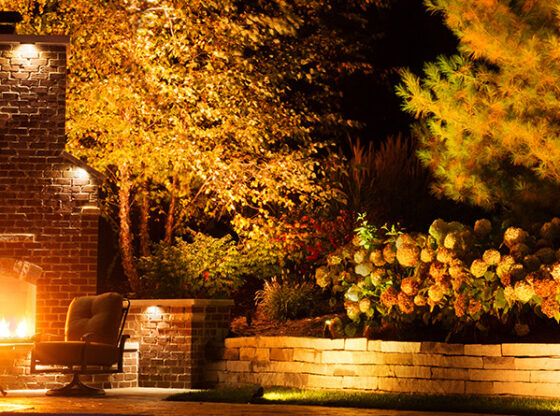Stone is a natural, readily available resource. It also helps that is lasts forever! Many ancient structures that are still around, were made from stone. Natural stone is a great choice for outdoor landscaping and interior applications due to resilience against moisture. Natural stone is often the most durable and lowest-maintenance choice for surfaces. Unlike wood, plastics or composite materials, stone will not rot, mildew or disintegrate over time; making stone a great sustainable resource.
STONE DURABILITY AND MAINTENANCE
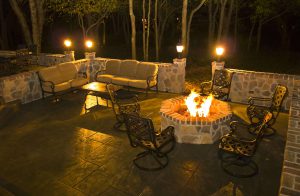 Because stone is the longest lasting material used to build structures, it is therefore the most sustainable. With less maintenance means more sustainability. Stone has proven durable, aesthetically pleasing, requires little maintenance, and not to mention is environmentally sustainable. Due to these points, architects and builders gravitate towards this material. Yes, stone is sustainable in the sense of producing a low carbon footprint, but also has the ability to endure over time.
Because stone is the longest lasting material used to build structures, it is therefore the most sustainable. With less maintenance means more sustainability. Stone has proven durable, aesthetically pleasing, requires little maintenance, and not to mention is environmentally sustainable. Due to these points, architects and builders gravitate towards this material. Yes, stone is sustainable in the sense of producing a low carbon footprint, but also has the ability to endure over time.
Building materials such as bricks or concrete requires baking or heating to be used. Stone is a fully functioning material from the beginning. Because it is a natural material, less CO2 needs to be released to produce it. Natural stone also doesn’t contain toxic chemicals that can release gas into your home, polluting the indoor air. Natural stone has the ability to heat and cool a home due to its ability to store heat and release it gradually. A nice quality for stone is the long lifespan and very low maintenance. Due to this, you are saving landfill space and are avoiding harmful treatments such as refinishing.
Another benefit is, natural stone typically doesn’t show dirt and wear so hard. It doesn’t easily get scratched, waterlogged or stained, and is easy to clean. Stone’s resistance to moisture makes materials like limestone, marble, and slate popular choices for bathrooms, while sturdy, scratch-proof, and easy-to-clean granite is an obvious choice for kitchen counter tops that endure sharp knives, liquids and food spills . Outdoors, designers like to use stone for everything from patios to walkways, retaining walls to landscape planters. Stone’s longevity and durability makes it a smart investment that, if cared for properly, means it won’t need to be replaced. This keeps wasteful, synthetic materials out of landfill.
STONE COMES IN MANY VARIETIES
Stone is a natural material that comes straight from the earth, unlike most other commonly used building materials. How the stone is quarried, processed, and transported affects its environmental footprint. The types of stone available in each area may be different. But, due to the vast types of stone, there is one to fit every taste and budget. Gneiss, granite, limestone, marble, quartzite, sandstone, and serpentine are all common to North America and exist in a range of colors and textures.
USING STONE OUTDOORS
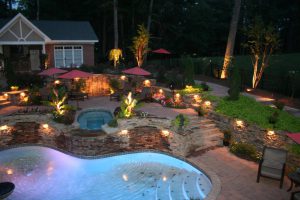 Stone is Mother Nature’s green building material. Natural stone is the best material available when it comes to withstanding the elements and aging gracefully outdoors. Because of its ability to weather harsh changes in temperature and moisture conditions, landscape designers prefer stone for everything from patios to walkways, retaining walls to planters.
Stone is Mother Nature’s green building material. Natural stone is the best material available when it comes to withstanding the elements and aging gracefully outdoors. Because of its ability to weather harsh changes in temperature and moisture conditions, landscape designers prefer stone for everything from patios to walkways, retaining walls to planters.
Natural stone is also a timeless element. Because it’s natural, stone fits perfectly into any design. Stone is the most long-lasting outdoor material, making it perfect for green industry designers. Stone is not only resilient to weather but also bugs and many animals. In addition, due to the hardness of stone, it does not crack or absorb water like ceramics like brick and concrete.
While stone is one of the most expensive outdoor materials, it has the advantage of long life and durability with little maintenance. Depending on how it is installed, spaced stone pavers can also allow greenery and soil to break up the hardscape, providing a green look, and allowing water to drain naturally.
Stone also works well with retaining walls and raised planter beds. Landscape plants and trees need a constant supply of water, and that irrigation can lead to erosion of soil and to the disintegration of competing materials, like wood, over time. Strategically placed stones can reinforce the shape of your designed landscape with retaining walls and berms, preventing soil erosion.
The bottom line is that stone is a great choice throughout any part of a project for durability, quality, low-maintenance and environmental sustainability.


